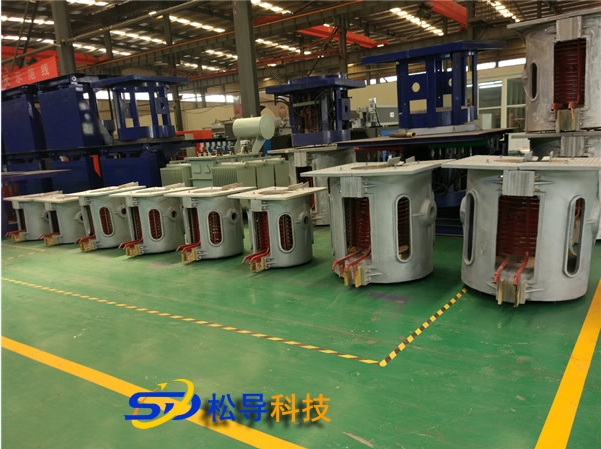- 18
- Oct
Detection of Electrolytic Capacitor in Induction Melting Furnace
Detection of Electrolytic Capacitor in Induction Melting Furnace
(1) Use the multimeter ohmic block to charge the electrolytic capacitor forward and reversely. The magnitude of the swing amplitude of the root saw pointer to the right can be used to estimate the capacity of the electrolytic capacitor. Because of the large capacity of electrolytic capacitors, suitable ranges should be selected for different capacities when measuring. According to experience, in general, the capacitance of 1-47uF can be measured with RX100 gear. …
(2) Connect the red test lead of the multimeter to the negative pole and the black test lead to the positive pole. At the moment of contact, the pointer of the multimeter will deflect to the right by a greater degree (for the same ohm gear, the greater the capacity, the greater the swing), and then gradually move towards Turn left until it stops at a certain position. The resistance at this time is the forward resistance of the electrolytic capacitor, which is slightly larger than the reverse leakage resistance. Practical experience shows that the leakage resistance of electrolytic capacitors should generally be more than several hundred kiloohms; otherwise, it will not work properly. In the test towel, if there is no charging in the forward and reverse directions, that is, the pointer does not move, it means that the capacity has disappeared or the internal circuit is disconnected; if the measured resistance value is very small or zero, it means that the capacitor has a large leakage or has been broken down. , Can no longer be used. To
(3) For electrolytic capacitors with unknown positive and negative signs, the above method of measuring leakage resistance can be used to distinguish. That is to measure the leakage resistance arbitrarily, remember its size, and then exchange the test leads to measure a resistance value. The larger resistance of the two measurements is the positive connection, that is, the black test lead is connected to the positive electrode, and the red test lead is connected to the negative electrode.

